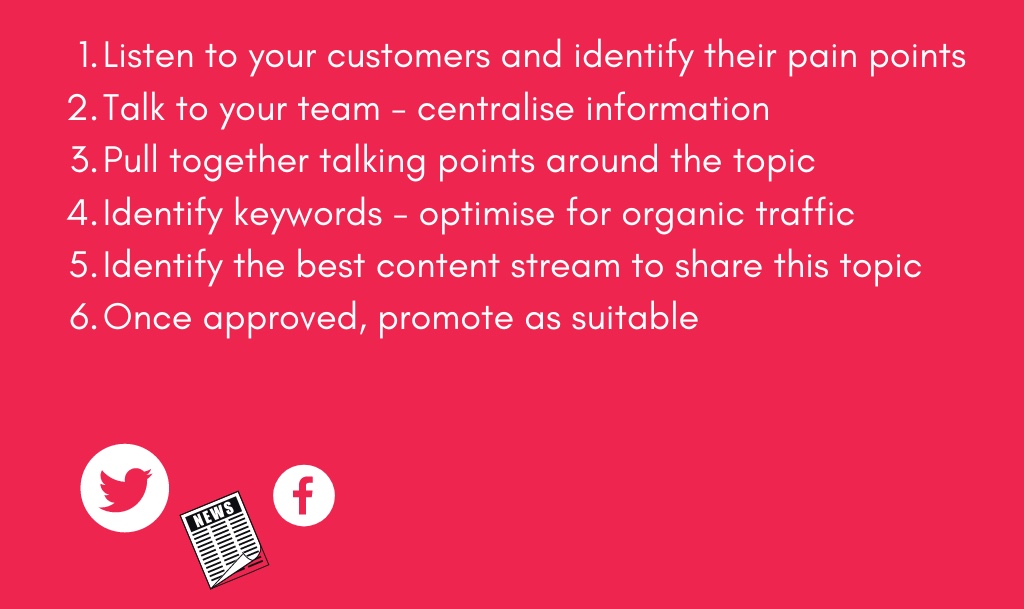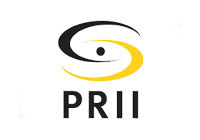
6 Steps To Master Your Organisation’s Content Creation

The content creation process can seem tricky — where do you start, what should you say, what will work for your organisation — but it doesn’t have to be. In this blog, we outline the key steps to help you create compelling content for your business.
According to the HubSpot research content creation is a top priority for 53% of marketers. On average, content marketing accounts for 29% of B2B marketing budgets.
Whether you’re putting together a blog or creating a short video, the same principle applies.
Cut away all the noise — go straight to your Storytelling Sweet Spot – the information that you want to share, plus the information your audience cares-about, and that the media and public are talking about.
1. Listen to your customers and identify their pain points
By listening to your customers and observing where their issues lie, you can tailor your organisation’s content to be genuinely useful to your audiences.
Start by speaking to your customer-facing teams, be it sales experts or the reception team. They will help you to identify the most common pain points.
2. Talk to your team – centralise information
Maintain regular communication with your team. Discuss what’s new with projects, clients and the industry more broadly. This will help you to brainstorm news pieces and blog ideas, as well as assigning them to appropriate authors.
3. Pull together talking points around topics
Once you have established some key areas that you would like to talk about, divide them up by topic. Each topic should cover an area of your expertise that you can talk about with authority.
We recommend creating clusters of content around specific topics, as this will not only be useful to your own followers and customers, but will also benefit your search engine optimisation (SEO) activity and help you to grow your organic traffic.
4. Optimise your content for SEO
Recent studies have shown that up to 40% of revenue is driven by organic traffic, so it is crucial that you optimise your content to maximise your organic search traffic.
Identify the keywords within your content that your target audiences are likely to search for. We recommend maximising the relevancy of your content, as this will help to improve your ranking on search engines.
5. Identify the best content streams to share the topic
Who are you trying to reach? Where are they?
Only share relevant information on relevant platforms. For example, LinkedIn is best used for Business to Business content.
6. Once approved, promote as suitable
Once everything is done and ready to post across your platforms, you may also want to consider putting some spend behind your content. Sponsoring your content can help you reach more people or target specific audiences more quickly.
But be careful, we recommend that you only put money behind content that is strong and engaging, otherwise even an expensive PPC campaign won’t garner the results you expect.
38% of organisations say that lack of time is there biggest digital marketing challenge. If you require assistance with your digital marketing strategy, get in touch info@springboardcommunications.ie
For more stories like this sign up for our Insights newsletter ›
BACK TO TOP









